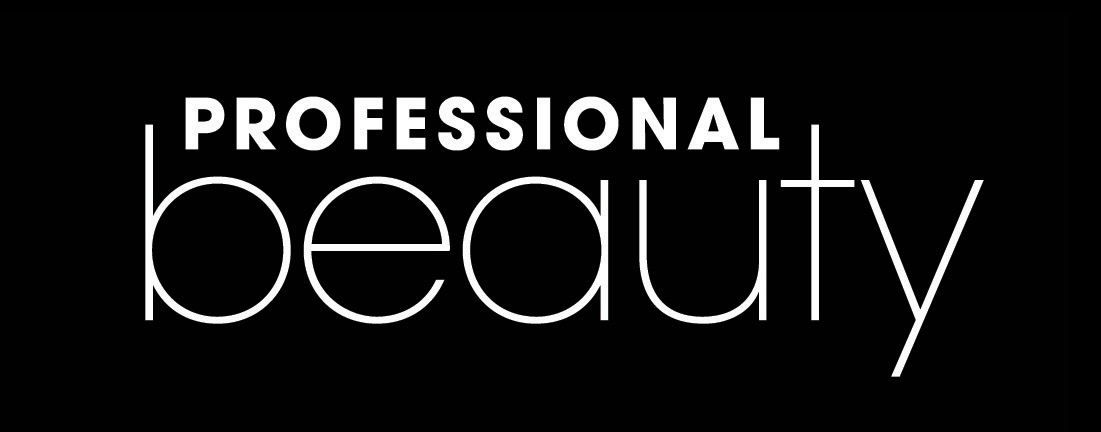The ongoing Yemen Houthi forces’ attack on cargo vessels in the Red Sea has severely affected the backbone of the global import-export business, resulting in billion-dollar losses. The repercussions of these crises are now evident even in the Indian beauty and hair industry. Priyanka Parshurami provides first-hand insights from European beauty and hair importers in India who are grappling with challenges due to this ongoing crisis while striving to meet delivery timelines.
The Red Sea, one of the world’s most densely packed shipping channels, lies south of the Suez Canal. The crucial waterway is pivotal in connecting Europe to Asia and East Africa. According to reports from AMI Global, about 12 per cent of global trade passes through the Red Sea, including 30 per cent of global container traffic. Houthi attacks have led to longer trade routes via the Cape of Good Hope, on the southern tip of Africa. This has led to an increase in journey times by up to two weeks. Consequently, container costs and insurance risk premiums for sailing through high-risk areas are also on the rise.
Here’s in-depth details on how the beauty and hair imports in India are facing challenges in procuring the products and services. At the same time how they’re also trying to maintain customer satisfaction during these difficult times.

Impact of Red Sea Crisis on Business Operations:
“Containers planned from 15 Dec onward are still at Euro Ports awaiting connection. This month-long delay is due to a change in the route from the Suez Canal to the Cape of Good Hope, covering more than 3500 nautical miles from the predefined route. These uncertain sailing schedules have significantly increased landing costs, with a 10 times surge in insurance rates. Since the MRP is predefined and the entire cost and time delay are surely affecting our business,” says Ankit Virmani, Director Esskay Beauty Resources.
Supporting Ankit, Yashesh Bharwada, Director, Absolute Beauty Concepts, adds, “We are exploring operational adjustments through air freight options for critical high-demand products due to delays in shipments from Europe. Rerouting around the Cape of Good Hope adds approximately 2-3 weeks to lead times, disrupting our inventory projection schedules, and requiring adjustments to planning inventory management. Shipping costs have risen significantly due to freight surcharges for rerouting and higher insurance premiums.”
Adding to the same, Ravi Mittal, Managing Director, Ekta Cosmetics said, “The delivery timelines have extended beyond the usual duration due to a lack of available space for shipments. Resulting in a considerable increase in freight costs, more than doubling the expenses. Customers have expectations of receiving their orders within a certain timeframe, as they always have and delays can result in frustration.”
Communicating The Delay To the Customer:
“We are being transparent as transparency goes a long way in building relationships. Customers would rather know about potential supply issues now than be hit with delays after they’ve placed their orders,” stated Mahesh Ravaria, Founder & CEO, Beauty Garage India Professional.
Elaborating further, Ravi adds, “Our sales team is proactively in touch with all our customers and we strive to inform them about any latest developments at the earliest. We pride ourselves on maintaining transparency in communication as it is crucial to managing customer expectations during peak season times. So, we keep them well-informed about the current supply chain situation and the availability of our products to ensure that we are all on the same page.”
“We didn’t anticipate the situation to escalate so much and thought it would be contained within a couple of weeks. However, there is no relief in sight. Now we have started formal delays in communication and are asking our clients to maintain sufficient inventories to avoid disruptions,” says Ankit.
Measures To Maintain Customer Satisfaction:
“We are closely monitoring inventory levels and prioritizing inventory of high-demand items to prevent stockouts. We’ll implement pre-order options for popular products to allow customers to secure their purchase even before arrival. We will start communications with salons and distributors to manage expectations and provide them with updated arrival estimates,” says Yashesh.
Adding to the same, Ravi Says, “Customer satisfaction is paramount to any business. We have a great relationship with our customers, and we always deliver our products on time and uphold our time commitments. In these times, as well, we are providing regular updates to customers about the situation, and ensuring the availability of our products as efficiently as possible and they are also supporting us with their cooperation and understanding.”
On the contrary, Mahesh and Ankit stated, “We are getting our raw material and certain urgent SKUs by air and fulfilling them at these challenging times.”
View on Potential Long-Term Impact of Red Sea Crisis on Industry:
“In the long term, the Red Sea crisis may lead to exorbitant increases in importing costs, prolonged delays in product availability and delivery, and potentially higher prices. These implications could significantly impact the beauty import industry, affecting businesses and consumers alike,” mentions Ravi.
Adding further, Ankit remarks, “These situations will witness increased costs by the suppliers, shortages of certain products, increased input costs, hit on margins, rising inflation, eventually rising service prices in the salons.”
“The Red Sea crisis could lead to a lasting shift in trade routes, with increased reliance on the Cape of Good Hope or alternative trade networks. Increased shipping costs and supply chain disruptions could increase prices of goods across all industries. Efficiency in managing cash flows to hold more inventory will be critical for all companies,” cites Yashesh.
However, being affirmative about the entire scenario, Mahesh says, “In my perspective, the beauty industry heavily depends on global trends and influences, making it resilient to temporary disruptions. While events like the two-year impact of COVID-19 may briefly affect the industry, in the long run, its global nature ensures a steady and enduring presence, similar to how the world swiftly resumed normal activities after overcoming challenges like the pandemic.”


